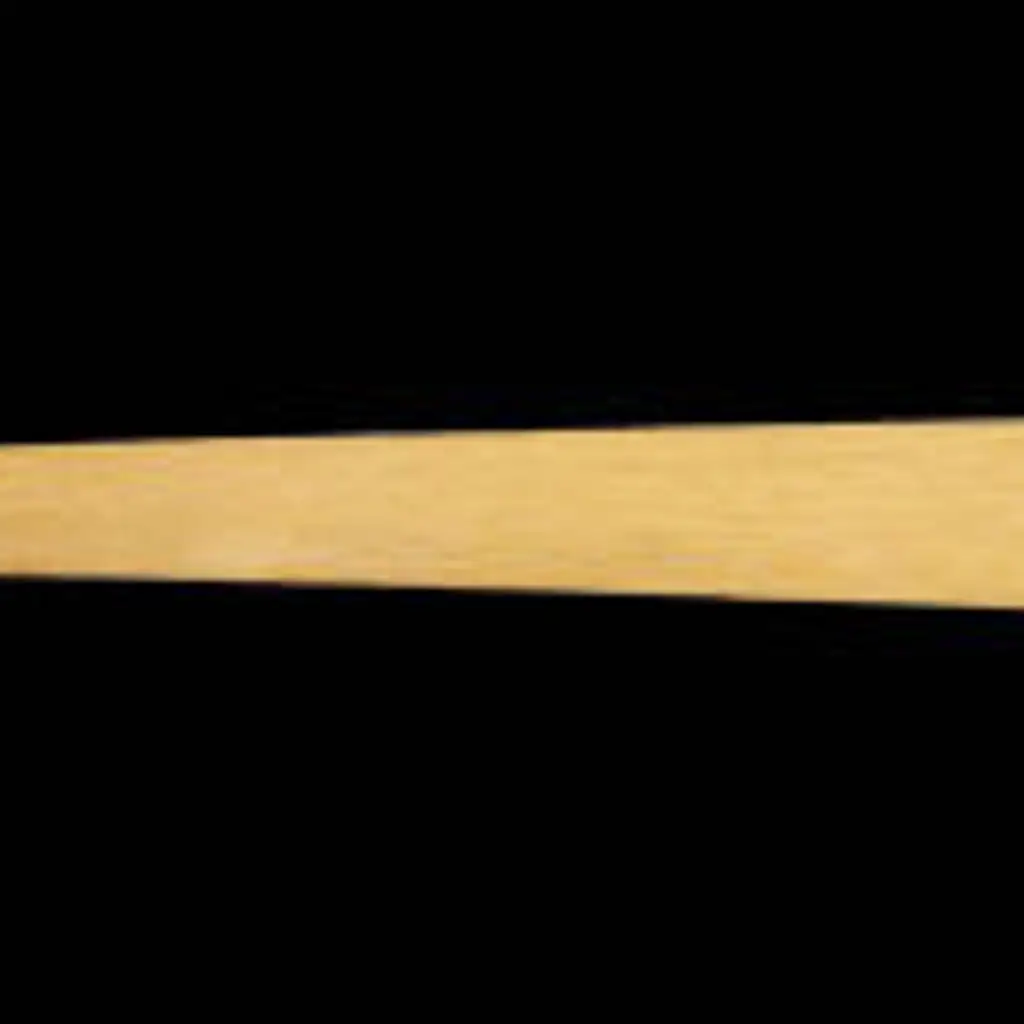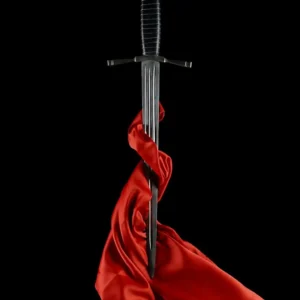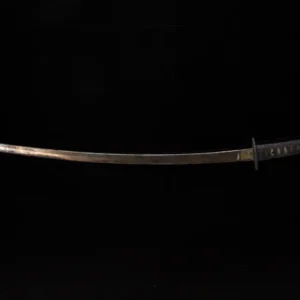The arming sword, often synonymous with the knightly sword, stands as a timeless emblem of medieval warfare. While some may initially envision a katana or scimitar, the arming sword is deeply rooted in the ideals of chivalry and valor, making it a fitting subject for an exploration into the anatomy of swords.
With a design that is both simple and effective, arming swords trace their origins to earlier weapons such as the Roman gladius and spatha. These swords are distinguished by their lightweight build and dual-edged blades, adept at both slashing and thrusting. Ewart Oakeshott, a noted historian, included these swords in his comprehensive study of sword history.
Key Features of the Arming Sword
The Blade: Measuring approximately 30 inches, the blade of an arming sword is characterized by a tapered point and sharpened edges. A central ridge, known as a fuller, runs along the blade, often misidentified as a “blood groove.” Crafted from carbon-steel, these blades were tempered through heating and quenching, sometimes using unconventional methods like urine.
The Fuller: Contrary to popular myths, fullers were not designed for blood drainage. Instead, they served to strengthen the blade while reducing its weight, enhancing both durability and maneuverability.
Forte and Foible: The forte is the strongest section of the blade, located near the hilt, while the foible is the weakest part, situated at the blade’s tip.
The Edge: Both edges of the arming sword were sharpened, though knights typically avoided using them for parrying to prevent damage.
Chappe: This small leather flap extended from the hilt over part of the blade, evolving into metal in later designs. Its primary function was to protect the sheath from rain, though its exact purpose remains a topic of debate.
The Hilt: The hilt includes the entire assembly of guards, grip, and pommel, essential for understanding the sword’s complete structure.
Cross-guards: These metal rods extend from the hilt to shield the wielder’s hand from an opponent’s blade. Cross-guards were significant in Oakeshott’s classification system and continue to influence modern fictional weapons like lightsabers.
Grip: The grip is the part of the sword held by the knight, typically a wooden shaft wrapped in leather or wire for a secure hold.
Pommel: Located at the end of the hilt, the pommel serves multiple functions: preventing the sword from slipping, balancing the blade, and even acting as a blunt weapon.
Tang: This is the portion of the blade that extends into the hilt, forming the grip and securing the pommel. Full tangs are preferred for their strength, while rat-tail tangs are considered less reliable.
The arming sword, with its straightforward yet effective design, continues to captivate both enthusiasts and historians. While this article delves into many aspects of the arming sword, it leaves room for further exploration into other types of swords, such as rapiers and cut-and-thrust swords, inviting readers to delve deeper into the rich history of swordsmanship.








